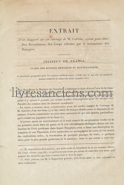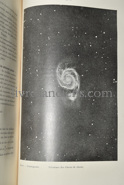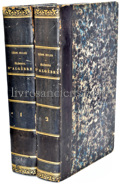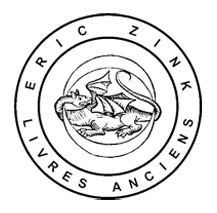

All our Scientific books
Are you passionate about the history of science?
You will certainly find a book for you among our rare books and manuscripts of Mathematics, Physics, Chemistry or Natural Sciences.
The famous names in science are present on our shelves: Euclid, Newton, Darwin, Pascal, Lavoisier and also those who have participated in scientific progress.
3500 €
1300 €
1400 €
1500 €
9000 €
5500 €
3000 €
1400 €
800 €
2500 €
1200 €
10000 €
1200 €
1300 €
7000 €
1500 €
3500 €
1200 €
2500 €
150 €
300 €
150 €
100 €
700 €
Sold
550 €
600 €
120 €
400 €
450 €
European VAT number: FR87515091171
© Eric Zink, Antiquarian Bookseller









![Photo [ARNAULD, Antoine] || [PASCAL, Blaise].](https://images.livresanciens.com/livres/203324/images/P12.jpg
)

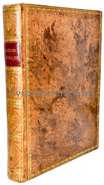





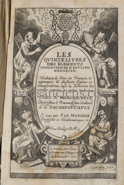

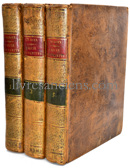


![Photo [MANUSCRIT].](https://images.livresanciens.com/livres/203704/images/P7.jpg
)
![Photo [MANUSCRIT] MAHOT, Maurice.](https://images.livresanciens.com/livres/203878/images/P1.jpg
)



![Photo [SENAC, Jean Baptiste].](https://images.livresanciens.com/livres/203800/images/P9.jpg
)



